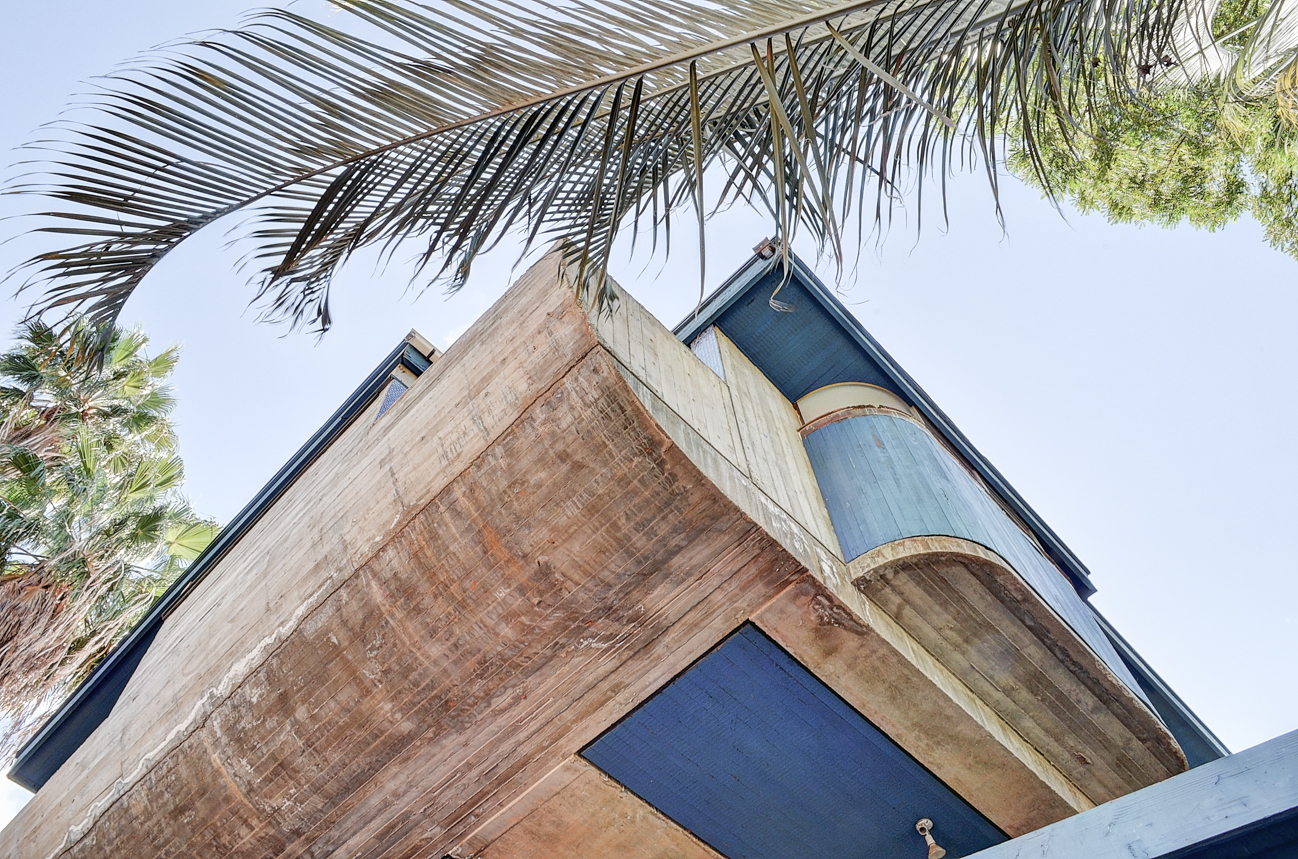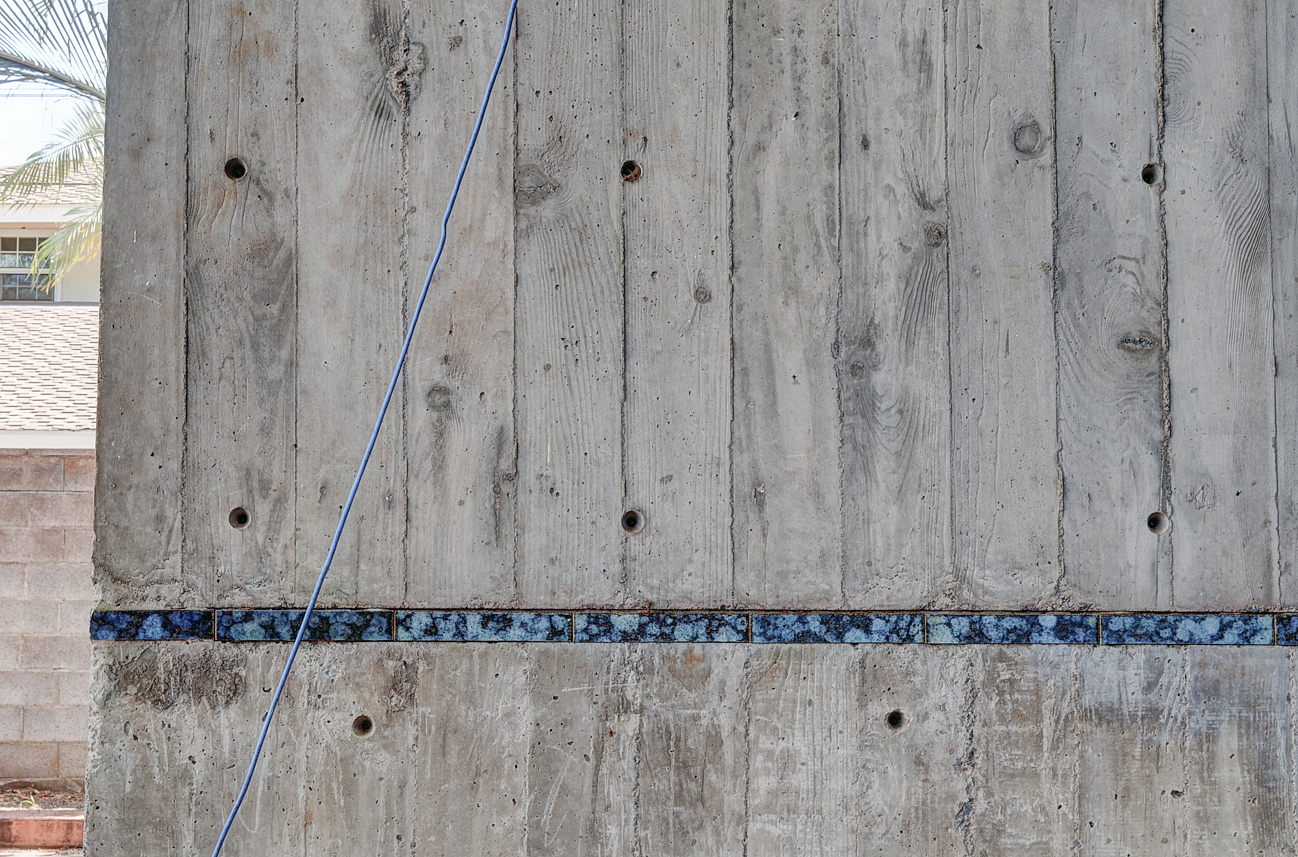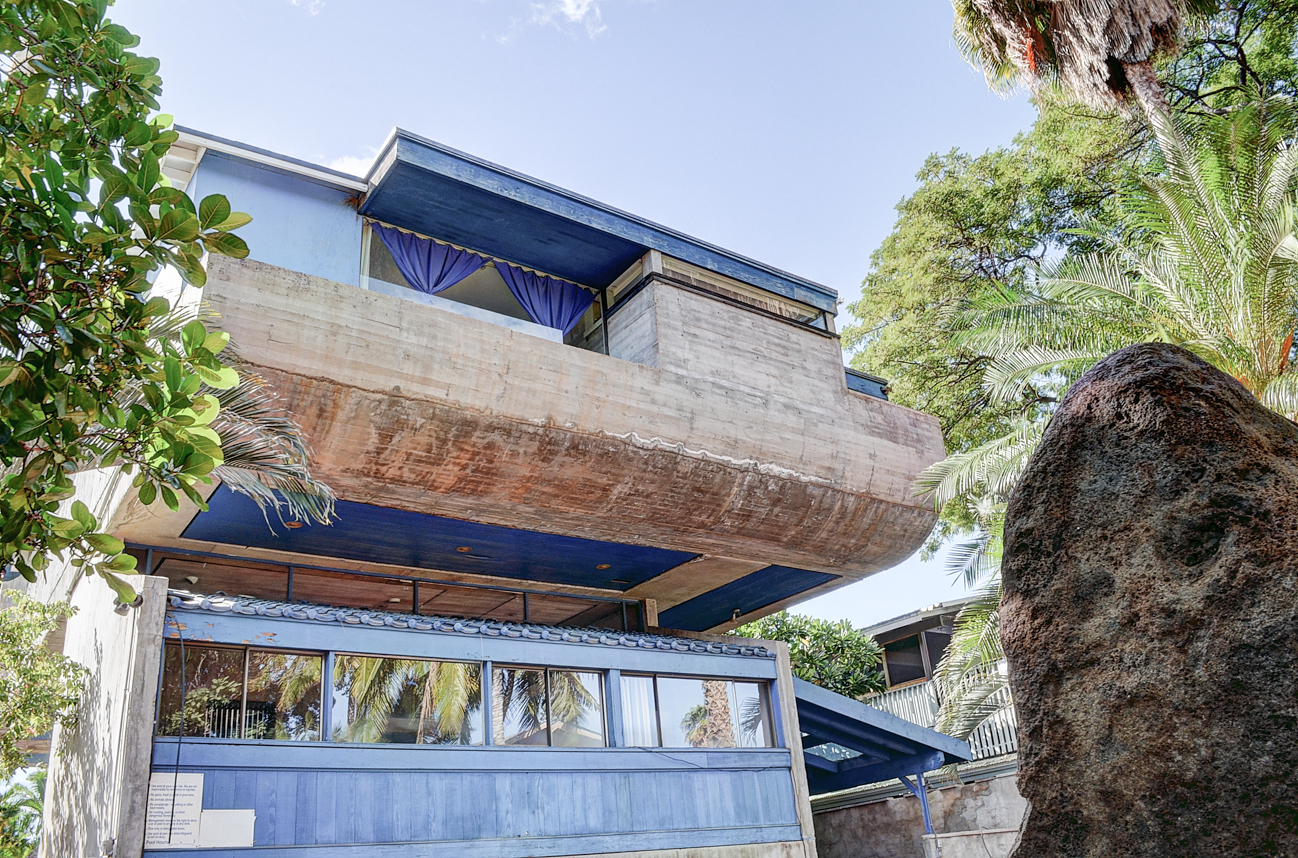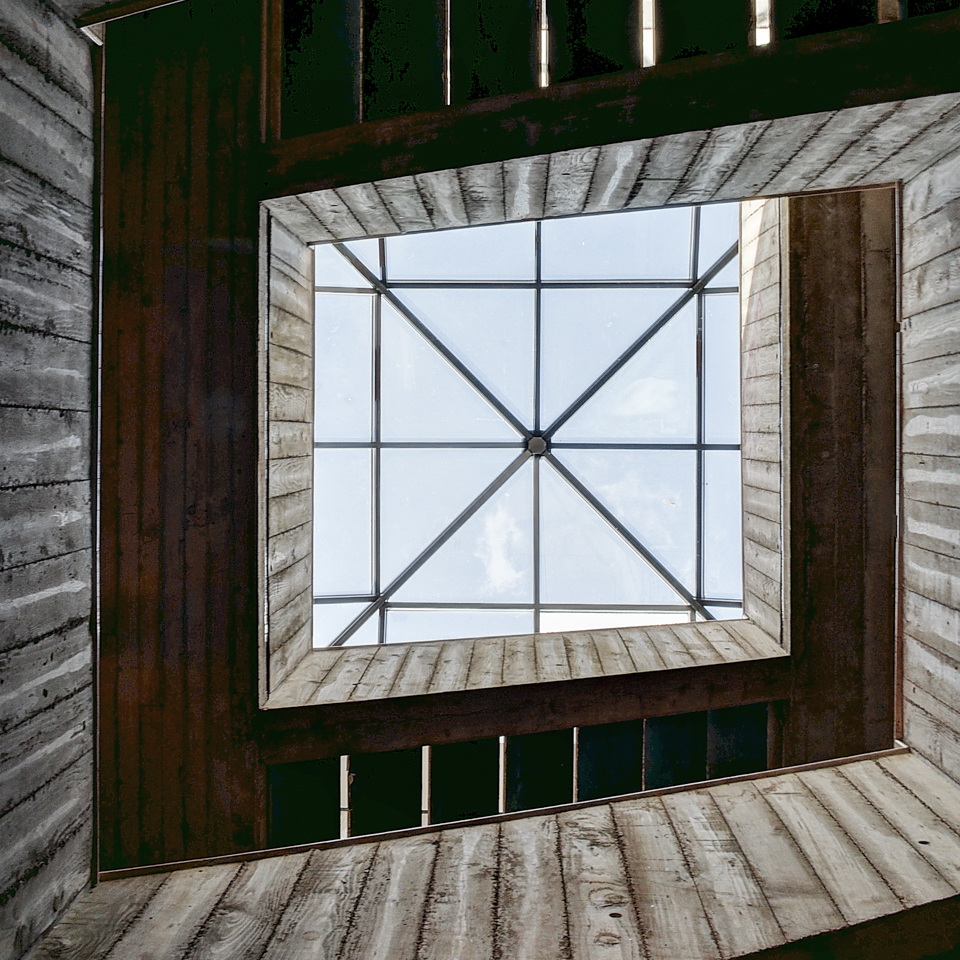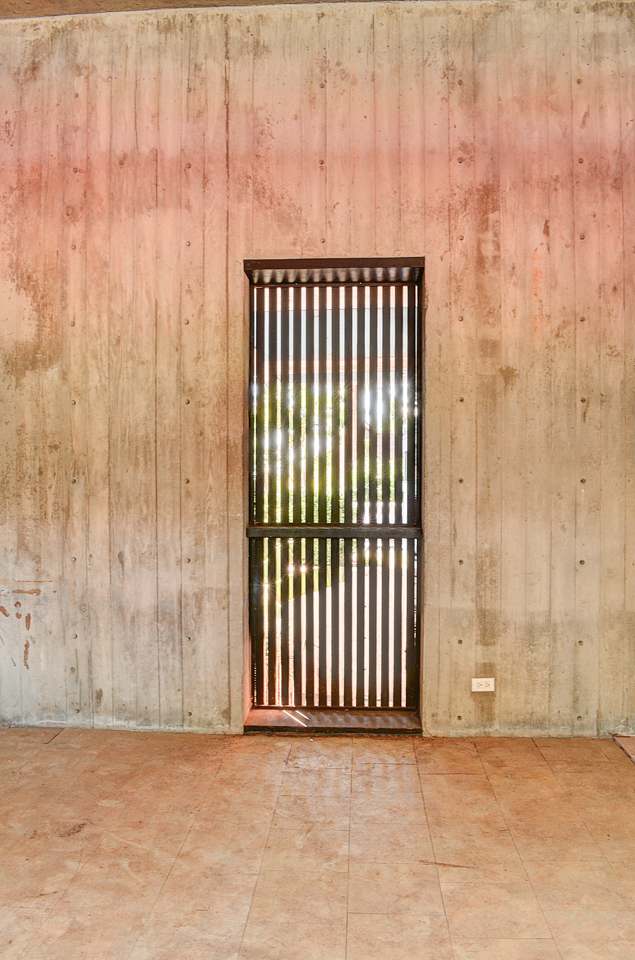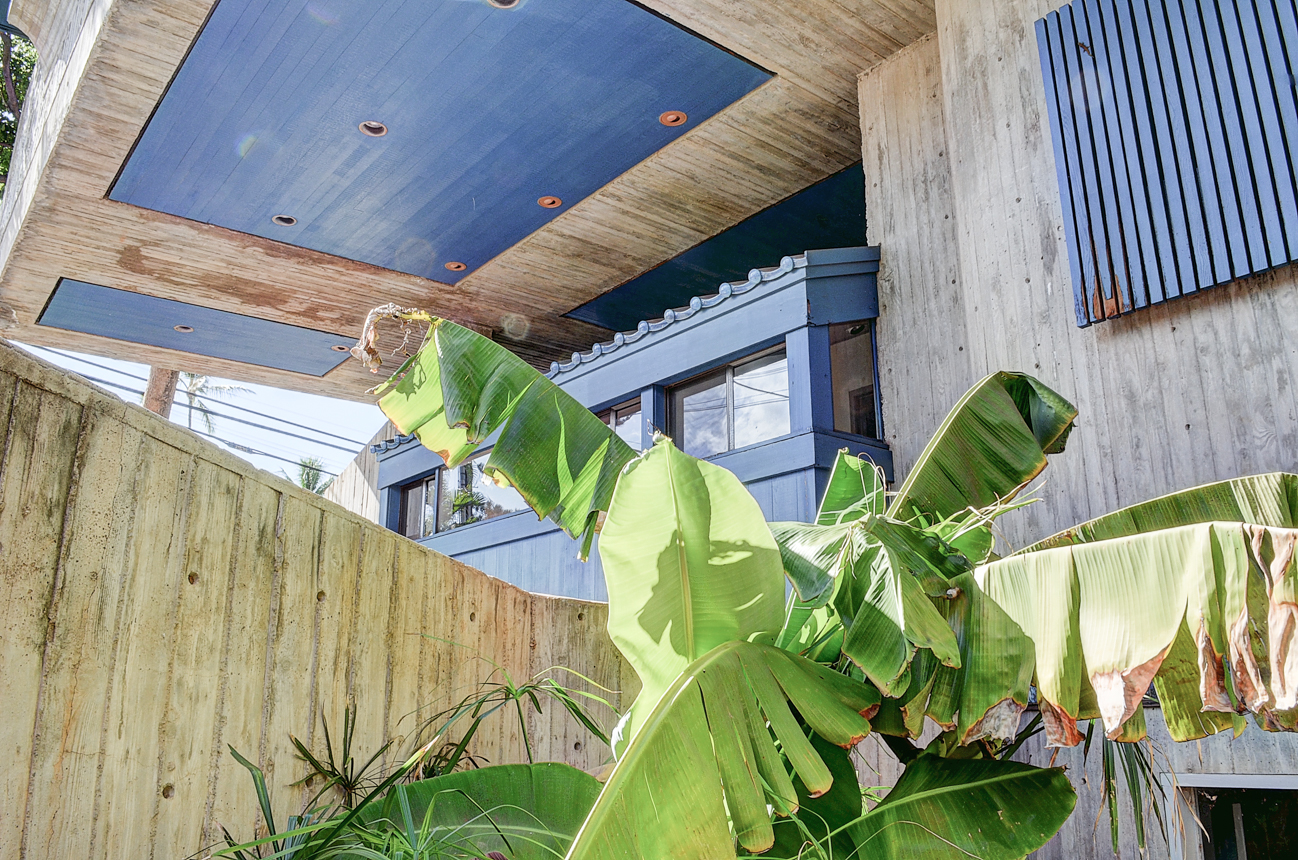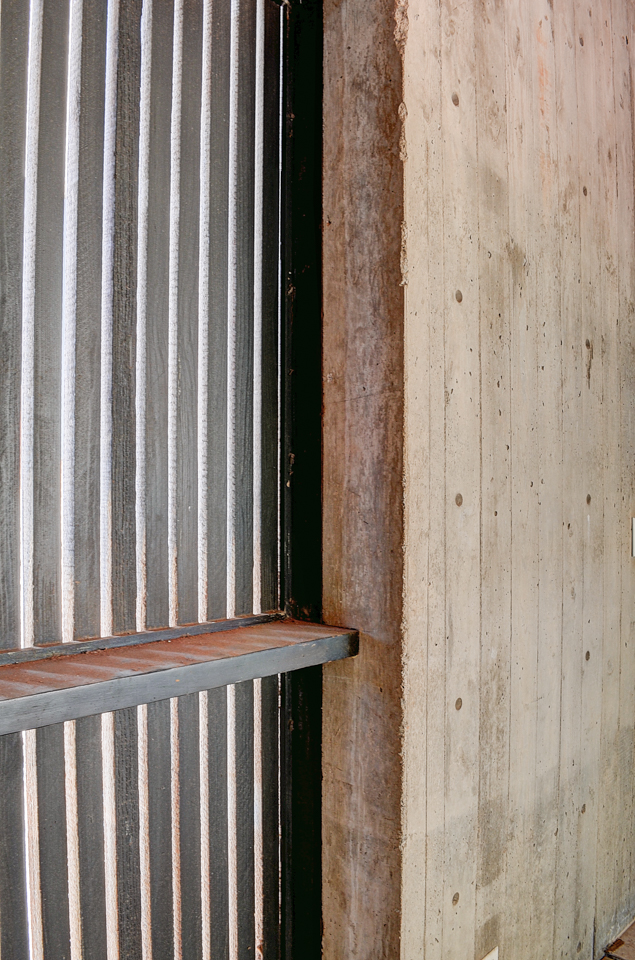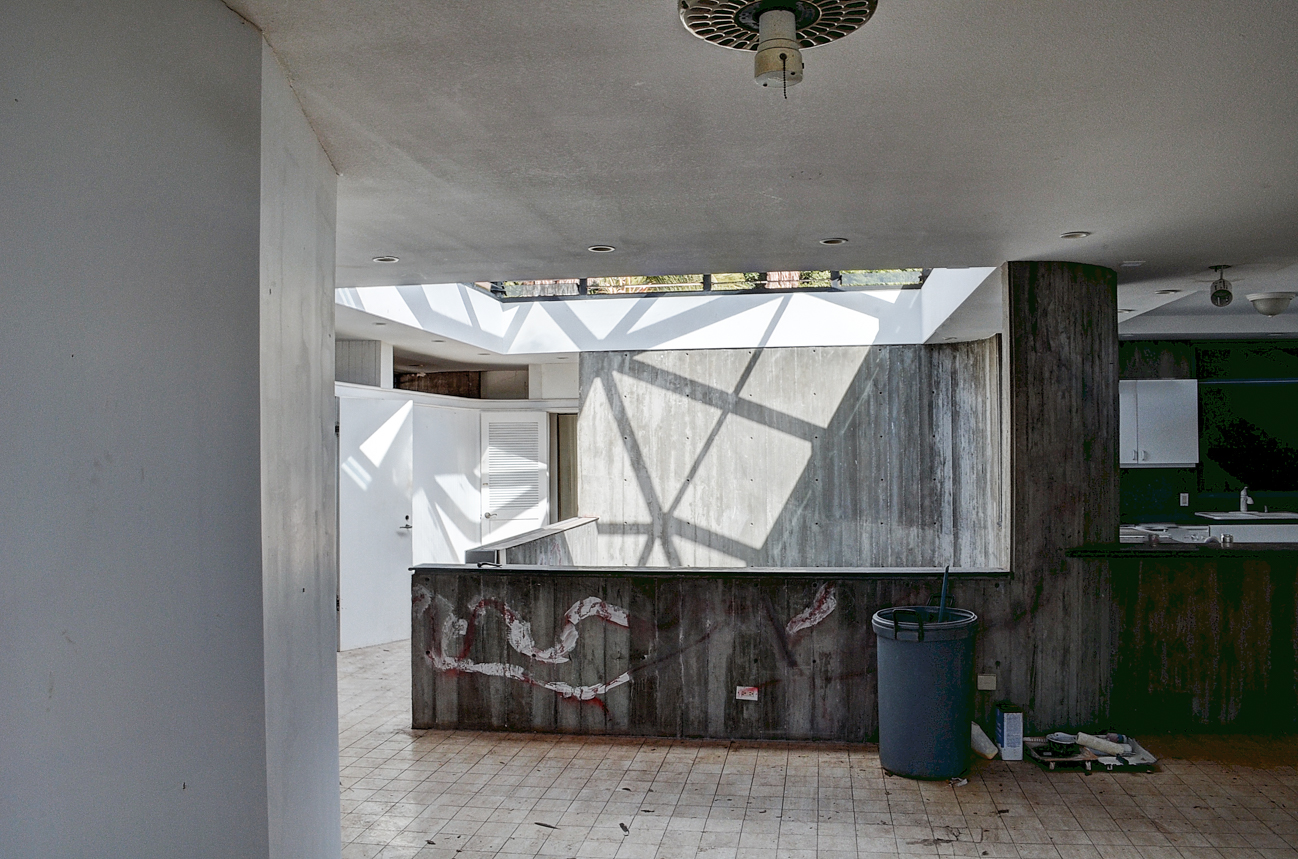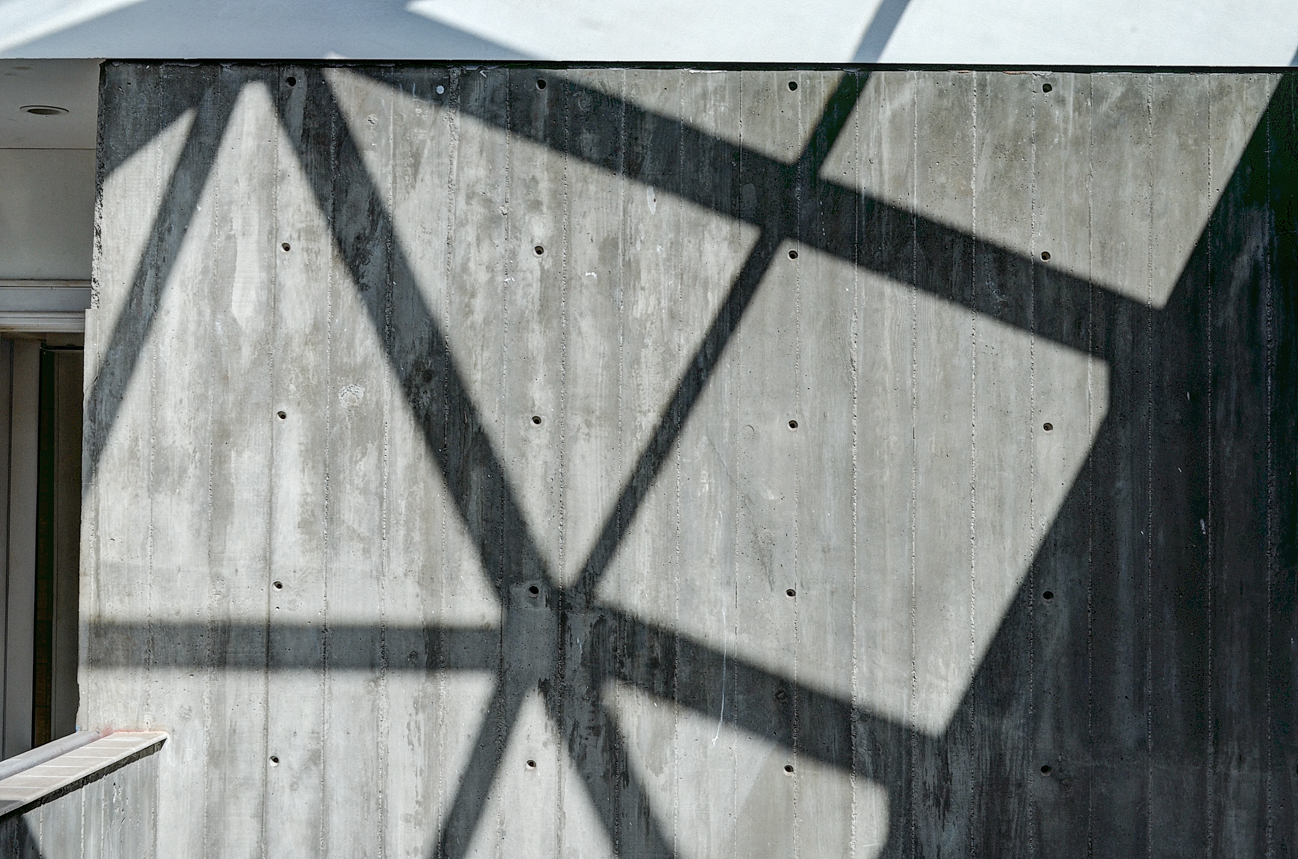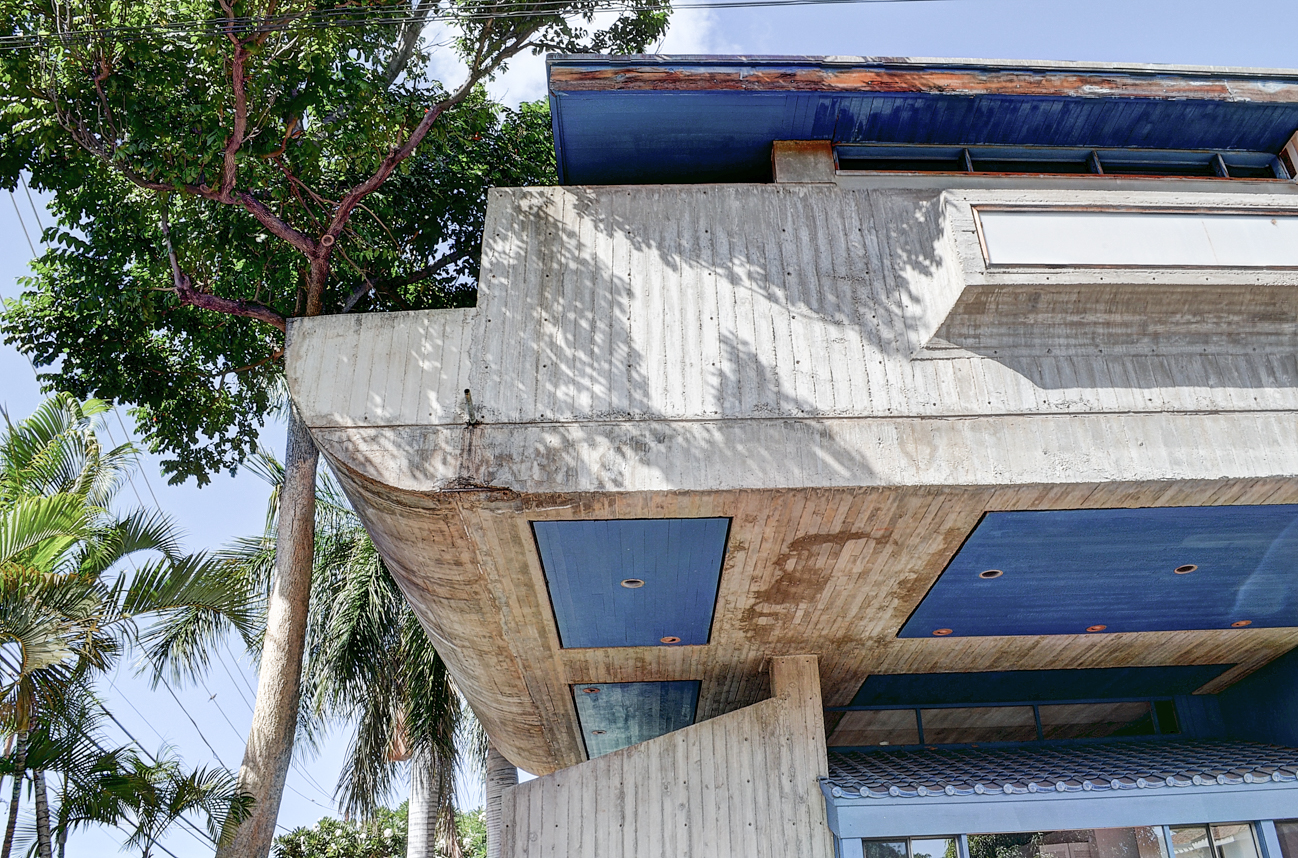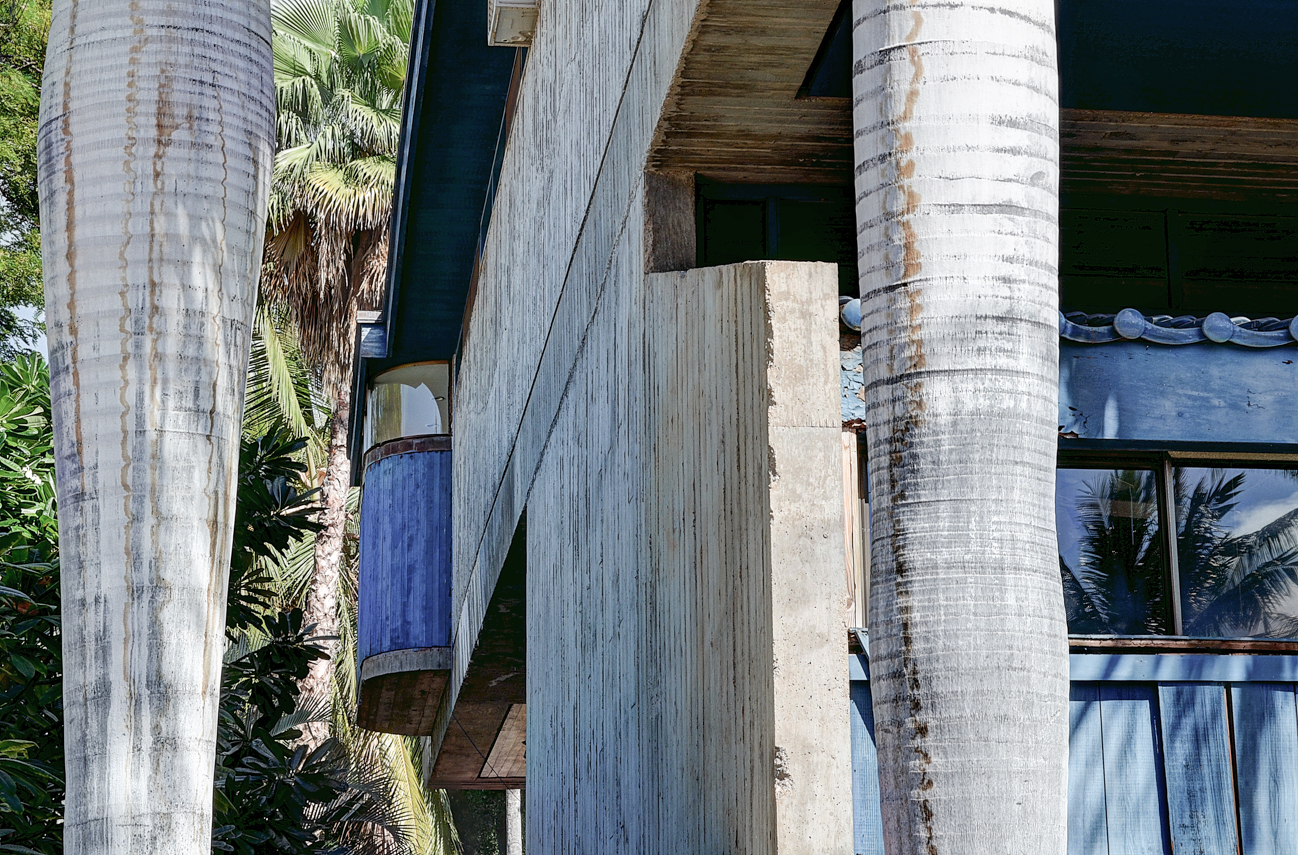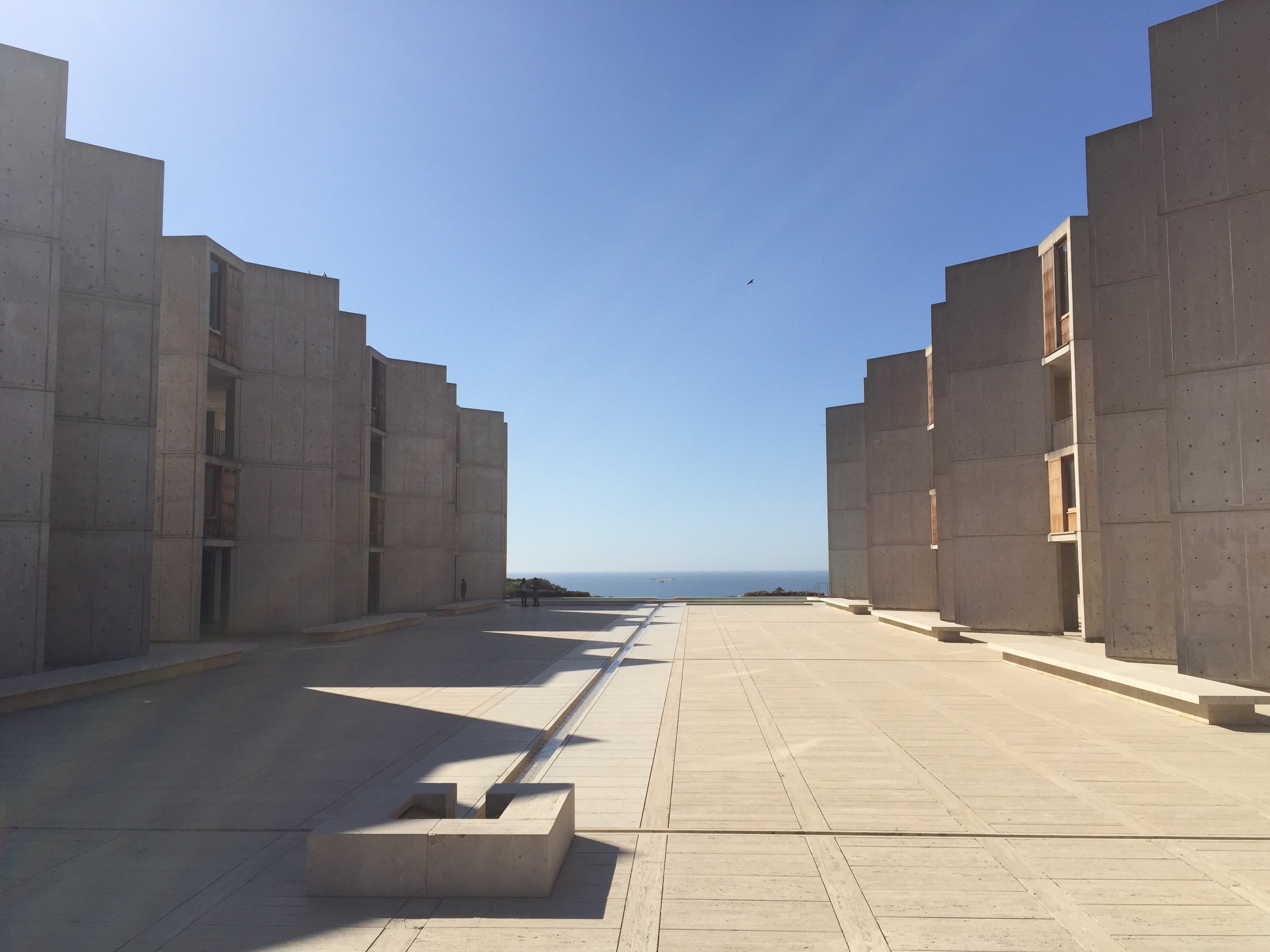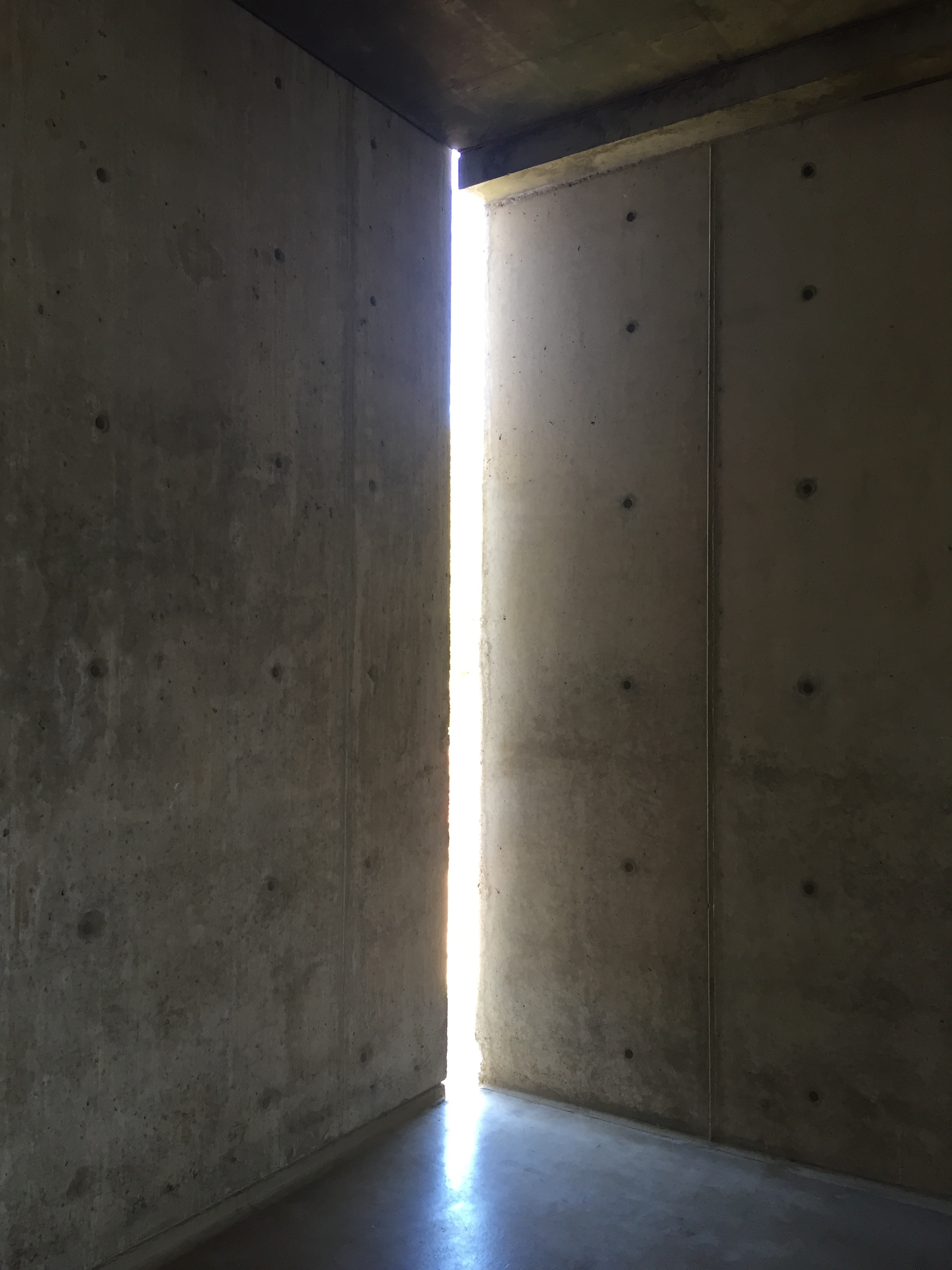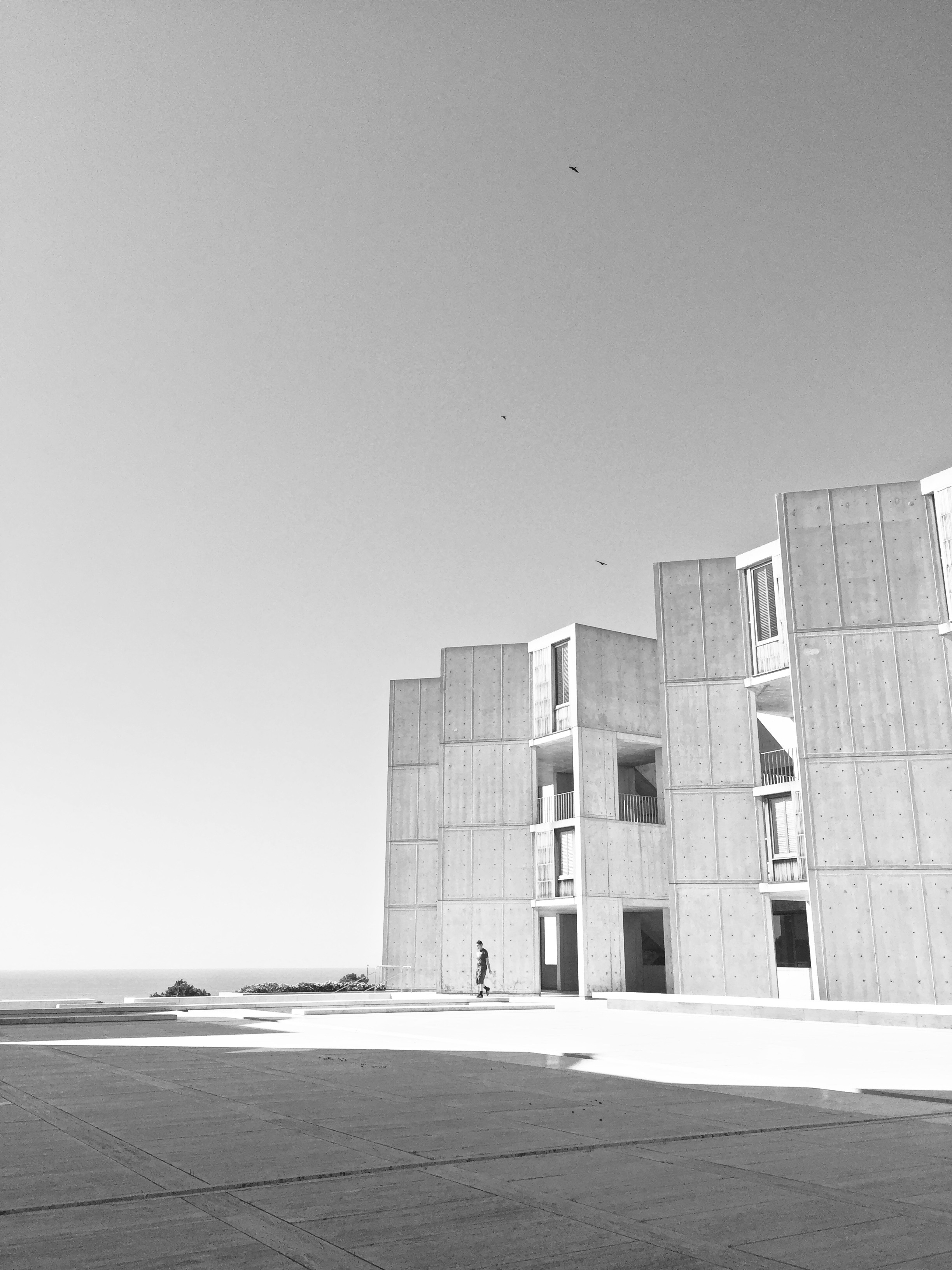Architectural Brutalism: The strong silent type
Strong, quiet, poetic, elemental, earth, water, and sky. If concrete had to create a personals ad on match.com it might contain a few of those words. Concrete is not the outgoing chatty person at the party. Concrete is not the buffster on the cover of Men's Health, nor the sexy Vogue magazine vixen. Concrete is the unassuming guy standing against the living room wall with the supercuts hair and grey shorts (socks and sandals?). The tall girl at the window growing tired of the idle chit chat staring out at the street side park with an intense gaze through thick rimmed glasses. In order to fall in love with concrete, you have to go on a few dates, even if after your first impression left you with a "Yeah... no." After the third date, don't be surprised if you tuck yourself into bed, clutch a pillow and become overtaken with a surprise emotion. A tap on the heart. "I can't stop thinking about you. I can't get you out of my mind."
Pictured above: The Salk Institute, La Jolla, CA Louis Kahn Architect
Mud and Sticks
As long as humans have been hanging out on the planet, we have been sculpting shelters from mud and sticks. Concrete is a modernized version of this - using steel rebar, crushed rock, aggregates and cement to create a strong sculptural elemental surface. Concrete endures and thrives when its solidity and permanence are counterbalanced by piercings of light, and water. As concrete is the earth and the landscape, a clever architect will allow the lighter elements to swirl through the structure. The Salk Institute is concrete poetry perfection. Standing in the courtyard, you feel the heaviness and reliability of the mass, yet you are danced by the air and water. The curved and angled blocks beckon your eye in and around - the acoustics create soft reveries, forest-like muted echos. You feel safe, protected, grounded. And so the Salk institute wins on so many levels - a living structure housing cancer researchers, a plaza to woo the architecture buffs and birds that swirl through the air - and all beholding the vast solidity of the pacific ocean beyond.
Concrete Living on Maui
The emergence of brutalism in the 1970s required great leaps of faith amongst architects, clients, financiers, and planners. So too for the daring person who conceived and built 336 Front Street, Lahaina. In order to appreciate concrete in a Hawaiian setting, we need to look to the landscape and the waterscape. The structure at 336 Front Street offers the density and power of the ocean, and being in the house is like a deep dive into the mass of the ocean - with light emerging and hiding in different places, vertical columns of traveling, swirling currents. In this house, we become birds and fish exploring air and water, hiding and revealing ourselves. The house is a giant coral reef, offering security and structure to its inhabitants. Long neglected and perhaps misunderstood, this house needs a new owner that will imbue it and re balance it with cracked open light and air - further opening the central column of light from the third floor to the subterranean entrance. Bursting out the front with an angled lanai, sparkling glass, steel, and warm wood. As a cliff diver launches from solid rock, this house has a symphony of ocean and tropic inspired possibility. What ideas do you have for this intriguing house? Take a look at the video presentation and scroll down for more pictures of this artful opportunity. This house is currently listed for sale by Hawaii Life Real Estate Brokers. If you'd like to see it, please reach out to me and I'll take you for a tour. Liam Ball R(B) 808.280.7809 call or text liam@hawaiilife.com
336 Front Street, Lahaina Maui - Video Presentation
Structure Structure Structure and Location Location Location!
